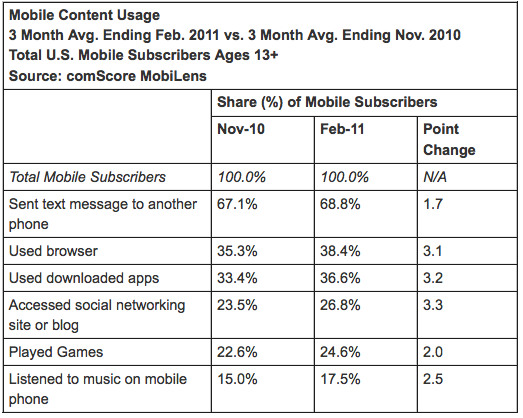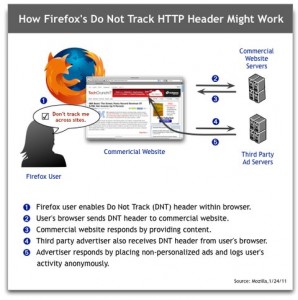“Android Is Destroying Everyone, Especially RIM — iPhone Dead in Water”
This article provides many marketing insights about the growth of smart phone. In the competition for market share, Android (Google) seems to be ahead of the game. According to the article, market share is especially important in this industry. Once a customer chooses a particular OS, the switching costs are costly. This is because the phone platform is connected to their computer as well as all the information that is in their calendars and emails. Moreover, each OS is linked to a custom program. For example, the Microsoft windows 7 phone’s functions can only be used through Zune and the Apple iPhone, iTunes. Considering the high switching cost and that the industry is still in the growing state, undoubtedly, these smart phone companies will attempt to expand their market share as rapidly as possible.
Also, the article mentioned an interesting point about Apple:
“Are Apple bulls right that Apple has an insurmountable hold on the ‘premium’ segment of the market and that it doesn’t matter who has the other 75%”
If it is true that Apple has this permanent hold on the premium segment, then Apple would be in a dilemma of either choosing to focus on this segment or compete in the battle for market share. Focusing on this segment of 25% of the market would give them an assured loyal customer base. On the other hand, if Apple chooses a market share increasing strategy, then they would risk losing this segment. In my opinion a strategy focusing on market share would serve better since the smart phone industry emphasizes on the app market. The high number of users there are for an OS, then generally, there will be more apps for that platform.








